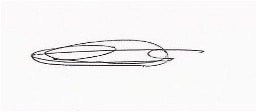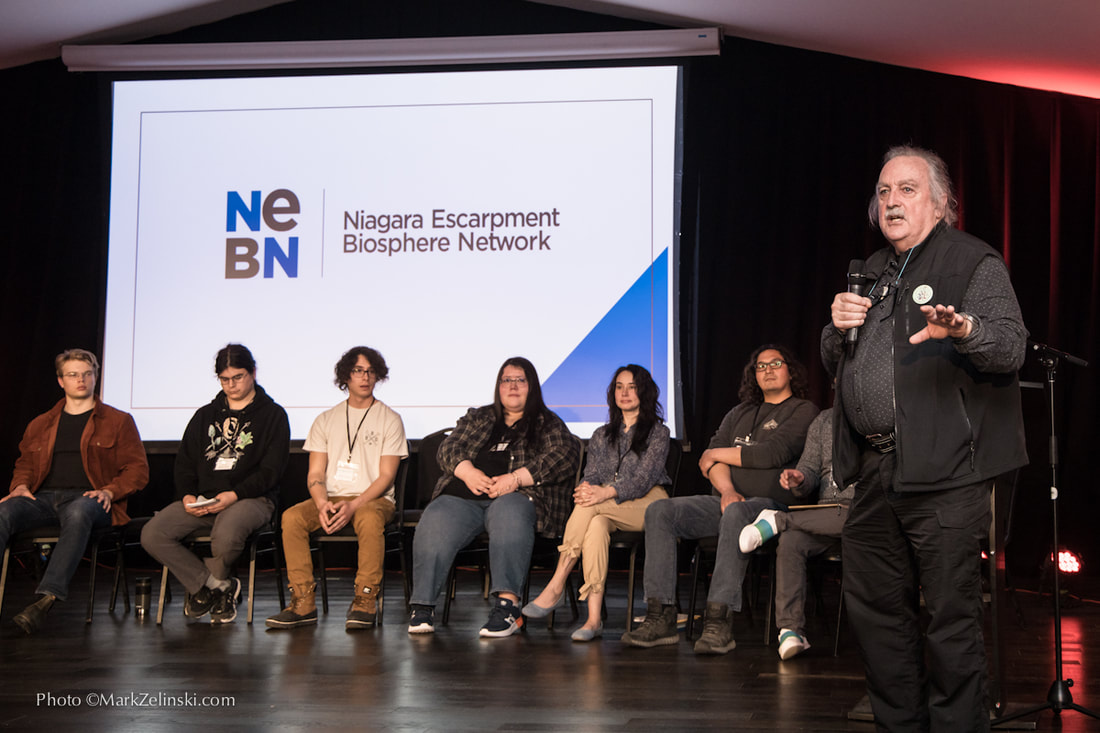|
Photo by @MarkZelinski.com  Every now and then along comes a moment, an experience, that reaffirms your confidence that people can be mindful, considerate, and even beautiful in dealing with difficult issues. Such was the example set by the recent Two-Eyed Seeing and Ethical Space Training: Indigenous Climate Change Action conference that Plenty Canada produced in partnership with Mohawk College and the Niagara Escarpment Biosphere Network. Held, appropriately, at The Gathering Place in Six Nations of the Grand River on March 14 and 15, the conference planners, speakers, and presenters, along with an energetic and engaged audience all came together to create a remarkable atmosphere founded upon knowledge, respect, and empathy.The team that pulled this conference together is to be commended on every level. From fundraising to logistics, speaker cultivation and booking, agenda scheduling and food service planning, to time management and youth engagement, the event played out like a well-crafted symphony of coordinated intent. At its core the conference explored “the ways in which Indigenous principles can be used to develop a response to the impacts of climate change.” Launching the session were esteemed elders who set the tone and provided knowledge-based cultural context for the presentations. Kevin Deer, from Kahnawake Mohawk Territory provided a fulsome explanation of the Haudenosaunee Thanksgiving Address. Rick Hill, Tuscarora, Indigenous Innovations Specialist with Mohawk College, spoke about how climate change is adversely impacting Indigenous food security, biodiversity, human health, ways of life, and other factors that are determining the future for the next seven generations. Tim Johnson, Mohawk from Six Nations of the Grand River, senior advisor to Plenty Canada and Niagara Parks, provided an orientation that outlined the long history of Indigenous concerns about the state of the earth and particularly, climate change. And revered Mi’kmaw Elder Albert Marshall, who with his wife Murdena developed the philosophy of Two-Eyed Seeing, was present for a video conferencing session over which myself and Trent University Professor Dan Longboat presided. In addition, Oren Lyons, Haudenosaunee faithkeeper and a principal figure in the development of the United Nations Declaration on the Rights of Indigenous Peoples, spoke about the consequences of not respecting natural law. Along with a presentation by Dr. Sarah Burch, executive director of the Waterloo Climate Institute and lead author of the United Nations’ Sixth Assessment Report of the Intergovernmental Panel on Climate Change, and Katherine Flynn from the Mohawk College Centre for Climate Change Management, this formulated the remarkable lineup that launched the conference. From there a series of additional fascinating and engaging presentations, driven to a large extent by youthful scientific and cultural energy, embraced and supported by experienced and compassionate elders, generated a power I’ve rarely experienced at such events. Our challenge going forward is to continue the momentum generated at this conference. Stay tuned forinformation provided by Plenty Canada, Mohawk College, and the Niagara Escarpment Biosphere Network for the next steps in this process. We all agreed that this initiative requires not only constant, but amplified attention and action. I thank everyone who was involved in making this essential program happen, including, of course, our sponsors Environment and Climate Change Canada, Mohawk College, and the Department of Canadian Heritage. What you have all done is give this elder confidence — not faith but confidence — that good minds, empowered with evidence-based knowledge and empathic traditions, can arrive at wise decisions based upon the principles of Two-Eyed Seeing. For the sake of our children and those who follow, this is not an option, but a responsibility and obligation. Chi Miigwech. Niá:wen. Merci. Thank you. Larry McDermott Executive Director Plenty Canada
0 Comments
Your comment will be posted after it is approved.
Leave a Reply. |
|
-
Home
- Donate
-
Projects
-
Canada
>
- Plenty Canada CampUs
- The Healing Places
- Two-Eyed Seeing Bird Knowledge
- Niagara Escarpment Biosphere Network
- Greenbelt Indigenous Botanical Survey
- Great Niagara Escarpment Indigenous Cultural Map
- Ginawaydaganuc Indigenous Food Sovereignty
- Indigenous Languages and Cultures Programs >
- Wild Rice
- Good Mind Grappling (partnership)
- Ginawaydaganuc Village (partnership)
- Youth Programming >
- Americas >
- Africa >
-
Canada
>
- News
- Resources
- Partners
- Contact Us
Our Location266 Plenty Lane Lanark, Ontario Canada K0G 1K0 (613) 278-2215 |
Donate to
|
Subscribe to our Newsletter |

